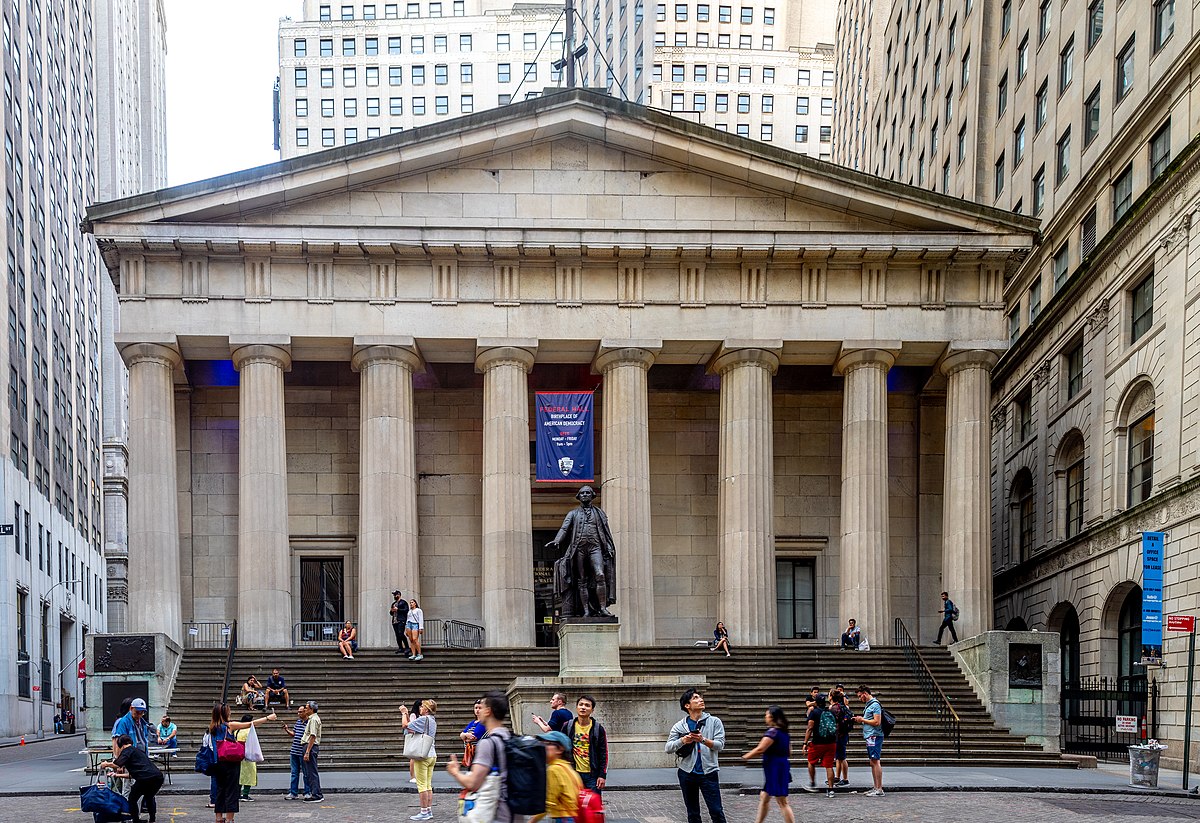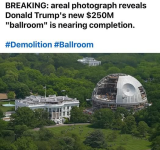Moving the President, their family, and staff to a new location while turning the White House into a tourist attraction is theoretically possible but would face significant practical, logistical, and political challenges. Here’s a breakdown of the key considerations, practicality and logistics
Turning the White House into a Tourist Attraction
- Security Concerns:
- The White House is a highly secure facility with extensive infrastructure for protecting the President, including secure communications, bomb-proofing, and proximity to military and intelligence resources. A new location would require replicating this level of security, which could take years and billions of dollars to establish.
- Relocating would involve identifying a site that meets stringent security requirements, potentially requiring land acquisition, construction, and integration with federal agencies like the Secret Service and Department of Defense.
- Infrastructure Needs:
- The White House includes the Executive Residence, West Wing (with the Oval Office and Situation Room), and East Wing, all tailored for executive operations, staff, and family living. A new facility would need to replicate these functions, including secure meeting spaces, living quarters, and support for the First Family’s daily life.
- Continuity of government operations would require seamless integration of communications, IT systems, and emergency protocols, which could disrupt governance during the transition.
- Cost and Time:
- Building a new presidential residence and office complex would be extraordinarily expensive, likely costing billions due to security, technology, and architectural requirements. For comparison, modernizing existing federal buildings often costs hundreds of millions, and a purpose-built facility would far exceed that.
- The timeline for planning, designing, and constructing such a facility could span a decade or more, making it impractical within a single presidential term.
- Staff and Operations:
- The White House employs hundreds of staff, from aides to maintenance workers, who are accustomed to its unique setup. Relocating would require retraining, rehousing, or hiring new staff familiar with the new location.
- The President’s daily operations, including interactions with Congress, foreign leaders, and the press, are optimized for Washington, D.C.’s infrastructure. A new location could complicate these dynamics, especially if it’s far from the capital.
Alternative Considerations
- Historical and Symbolic Significance:
- The White House is a global symbol of U.S. leadership and history. Relegating it to a tourist attraction could diminish its symbolic weight and invite criticism domestically and internationally.
- It already functions as a limited tourist attraction, with public tours managed by the National Park Service. Expanding this role would require significant changes to security protocols, as the building would lose its active role in governance.
- Economic and Operational Impacts:
- Converting the White House into a full-time tourist site could boost local tourism revenue but would require substantial investment in visitor infrastructure (e.g., ticketing, parking, exhibits). The National Park Service would need to scale up operations, potentially straining resources.
- Historical preservation would be a priority, as the White House is a National Historic Landmark. Any changes would need to comply with strict preservation laws.
- Public and Political Reaction:
- The move could face backlash from Americans who view the White House as an enduring symbol of democracy. Political opponents might frame it as disrespectful to tradition or an unnecessary expense.
- Public support would depend on the rationale for the move (e.g., cost savings, modernization, or security), but convincing stakeholders would be challenging given the White House’s iconic status.
Feasibility Assessment
- Hybrid Approach: The White House could remain a ceremonial and partial operational hub while a new, more secure facility handles sensitive functions. This would balance tradition with practicality but still require significant investment.
- Precedents: Presidents have occasionally worked from other locations (e.g., Camp David, temporary offices during White House renovations in the 1950s). However, a permanent relocation would be unprecedented in modern times.
- Location Choice: A new site would likely need to be near Washington, D.C., to maintain proximity to Congress, federal agencies, and embassies. Moving far away (e.g., to another state) would disrupt the interconnected ecosystem of federal governance.
In conclusion, while technically possible, moving the President and turning the White House into a tourist attraction would face daunting logistical, financial, and political hurdles. The White House’s role as both a functional and symbolic center of U.S. governance makes such a change unlikely without extraordinary justification.
- Short-Term (1–4 years): Highly impractical due to time, cost, and disruption. Temporary relocations during renovations or emergencies are more feasible but still complex.
- Long-Term (10+ years): More plausible with extensive planning, funding, and political will, but the benefits would need to outweigh the massive costs and symbolic loss.
- Political Viability: Low, unless driven by a compelling national security or economic rationale that garners bipartisan support.
Actually it would be a lot cheaper to move them; a new building could be built more secure from the get go, and at a much more secure location, and reduce maintenance costs and constant remodeling of an old out of date building. The White House cans till be used for state functions, it just doesn't work well as an HQ for the Presidency. It;s not even the original home of the Federal govt.

Federal Hall - Wikipedia
So, why not just move it back there? Why did was it moved? In fact, it is far more suited to being a tourist attraction than anything else, certainly not a permanent residence for a modern state leader.



